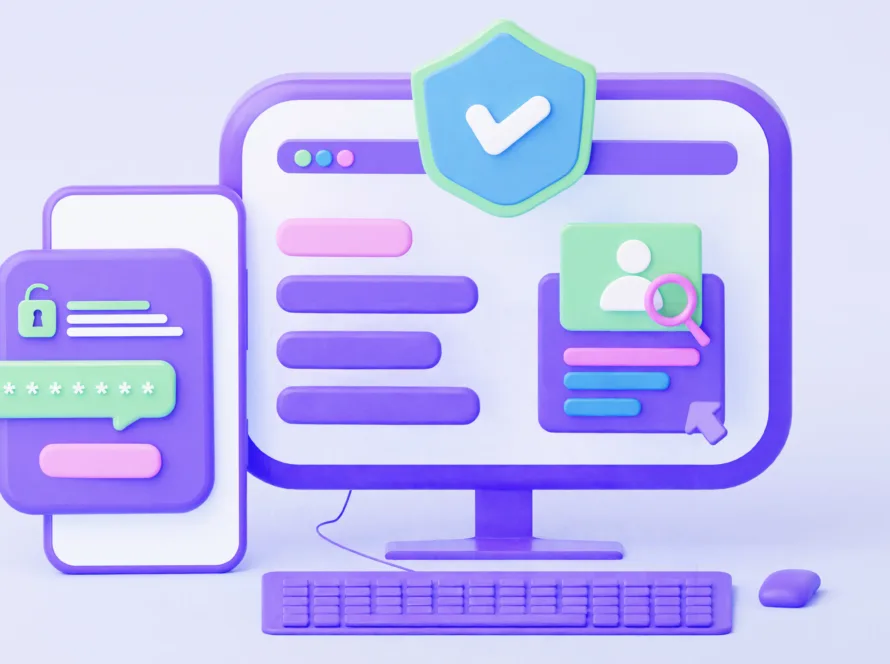In today’s digital age, online shopping has become increasingly popular, offering convenience and a wide range of products at our fingertips. However, with the rise of online shopping, there’s also been an increase in e-commerce scams. Scammers are constantly finding new ways to trick unsuspecting shoppers out of their hard-earned money. In this article, we’ll explore essential tips to help you stay safe while shopping online and avoid falling victim to scams.
Introduction
Online shopping has revolutionized the way we buy products, but it’s crucial to navigate this digital marketplace with caution. Scammers use various tactics to deceive shoppers, so understanding how to recognize and avoid scams is essential.
Recognizing Common E-commerce Scams
Before delving into safety measures, let’s familiarize ourselves with some common e-commerce scams. These may include counterfeit products, fake websites, and sellers who never deliver your purchases.
Secure Websites and SSL Encryption
Ensure you shop on websites that use SSL encryption. Look for “https://” in the URL and a padlock icon in the address bar. These signs indicate that your connection is secure, and your data is encrypted.
Verified Sellers and Reviews
Always buy from verified sellers with a track record of positive reviews. Reading reviews from other customers can provide valuable insights into a seller’s reliability.
Payment Safety
Use secure payment methods like credit cards or reputable online payment services. Avoid wiring money or using unconventional payment methods that lack buyer protection.
Protecting Your Personal Information
Only provide necessary information during the checkout process. Legitimate websites won’t ask for excessive personal data. Be wary of sites that seem overly invasive.
Two-Factor Authentication (2FA)
Whenever possible, enable 2FA for your online shopping accounts. This adds an extra layer of security by requiring you to enter a one-time code sent to your mobile device.
Using Reputable E-commerce Platforms
Stick to well-known e-commerce platforms like Amazon, eBay, or established retailers websites. These platforms have robust security measures in place.
Safe Mobile Shopping
If you shop on mobile apps, download them from official app stores like Google Play or the Apple App Store. Avoid third-party app sources that may harbor malicious software.
Shipping and Return Policies
Review the seller’s shipping and return policies before making a purchase. Make sure they align with your expectations and provide a clear process for returns.
Keeping Your Devices Secure
Regularly update your device’s operating system and antivirus software to protect against malware and viruses that could compromise your personal information.
Online Shopping Apps
Consider using dedicated online shopping apps from trusted retailers. These apps often have built-in security features and make shopping more convenient.
Conclusion
Online shopping offers unparalleled convenience, but it’s essential to prioritize your safety. By following these tips and staying vigilant, you can enjoy a secure and enjoyable online shopping experience.
FAQ
How can I spot a fake e-commerce website?
Look for misspellings, poor website design, and suspicious URLs.
Are all online reviews trustworthy?
No, some reviews can be fake. Look for detailed and balanced feedback from verified buyers.
What should I do if I suspect a scam while shopping online?
Immediately stop the transaction, report the website or seller, and monitor your financial accounts.
Is it safe to save my payment information on websites?
It’s safer not to, but if you do, make sure the website has robust security measures in place.
How can I ensure the safety of my personal data when shopping on mobile apps?
Only download apps from official app stores and check app permissions.
Remember, online shopping can be safe and enjoyable as long as you stay informed and cautious. Stay safe and happy shopping!





